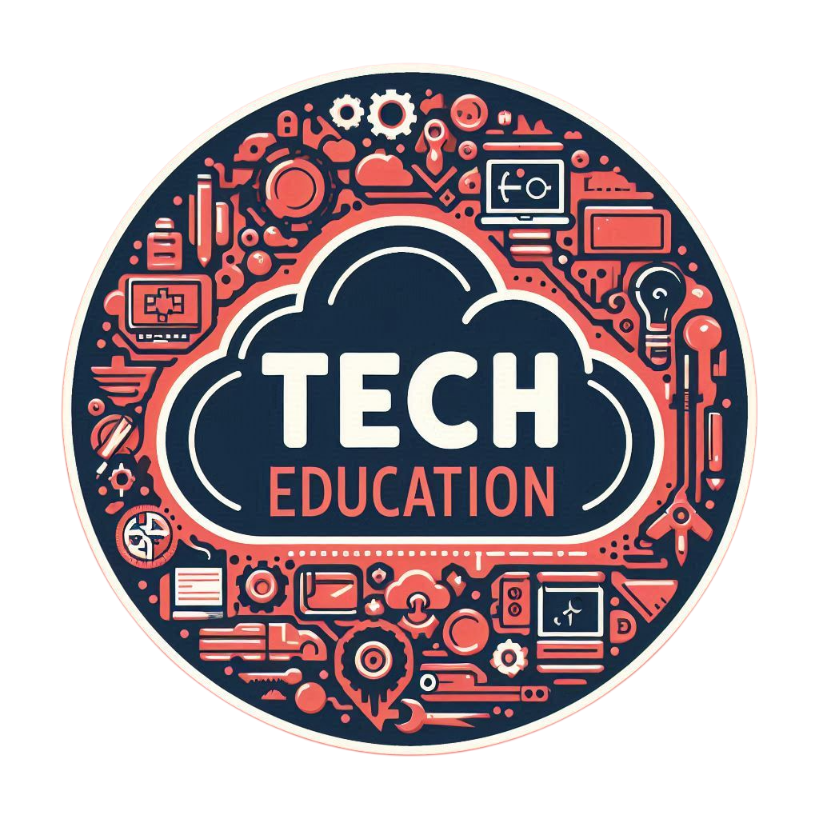Introduction
Generative AI has taken the world by storm. From creating stunning pieces of artwork to writing entire articles, and even generating code, its influence is growing rapidly. But what exactly is Generative AI, and how has it evolved? More importantly, what can we expect next from this revolutionary technology?
Table of Contents
What is Generative AI?
Generative AI refers to a subset of artificial intelligence systems designed to generate new data from existing datasets. Unlike traditional AI, which focuses on identifying patterns and making predictions, generative AI creates new, original content—whether that be an image, a piece of music, or even a block of code.

The Core Technologies Behind Generative AI
The Evolution of Neural Networks
Neural networks have been around for decades, but the development of deep learning has been crucial to the rise of generative AI. Early neural networks could handle basic tasks, but today’s models, thanks to deep learning, can generate entirely new outputs with impressive accuracy.
GPT and Transformer Models
The advent of transformer models like GPT (Generative Pre-trained Transformer) has revolutionized gen AI. By pre-training on vast datasets and fine-tuning for specific tasks, GPT models can generate coherent text, code, and more, mimicking human output.
The Impact of Generative AI on Art
AI Tools for Artists
Artists now collaborate with AI tools such as DALL·E and MidJourney, allowing them to push the boundaries of creativity. These tools enable artists to generate visuals from textual descriptions, combining human imagination with machine precision.
Ethical Concerns in AI-Generated Art
However, this brings up ethical questions. Who owns AI-generated art? Is it original? These debates highlight the complexities of merging human creativity with machine capabilities.
Generative AI in Writing and Content Creation
AI-Generated Stories and News Articles
Tools like ChatGPT are revolutionizing writing. They can generate entire articles, automate news reports, and assist with story creation. This is saving time for writers but also raising questions about authenticity.
Limitations and Concerns for Writers
While AI can help automate content, it lacks the nuance and emotional depth of human writing. There are also concerns about misinformation, as AI tools can sometimes generate misleading content.
Generative AI in Coding and Software Development
AI-Powered Code Generators
AI is reshaping the world of coding with tools like GitHub Copilot, which helps developers by generating code snippets or entire blocks of code based on simple prompts. This makes coding faster but also poses challenges in terms of code quality and human oversight.
The Future of AI-Driven Software Development
As AI systems continue to evolve, they may become even more adept at coding. However, while AI can assist in development, it’s unlikely to fully replace human coders anytime soon. The future will likely see a collaboration between AI and humans, where AI handles routine tasks, and humans focus on creativity and problem-solving.
The Expanding Role of Generative AI in Other Fields
AI in Healthcare
Generative AI is making strides in healthcare, from personalized treatment plans to drug discovery. By analyzing patient data, AI can suggest treatment options tailored to individual needs, speeding up research and improving patient outcomes.
AI in Education
In the field of education, AI is being utilized to design customized learning pathways tailored to individual student needs. It can also automate tasks such as grading, freeing up time for teachers to focus on student engagement.
Challenges and Ethical Implications
Addressing Bias in AI Models
One of the key challenges with generative AI is bias. Since these systems are trained on historical data, they can inadvertently replicate biases. Efforts are being made to make AI models fairer and more transparent.
The Threat of Deepfakes
Deepfakes are AI-generated videos or images that convincingly mimic real people, posing serious ethical concerns. Detecting and preventing deepfakes is becoming a priority for many tech companies.
What’s Next for Generative AI?
As we look to the future, generative AI’s capabilities will continue to expand. From enhancing creative industries to solving complex scientific problems, the possibilities are endless. However, ethical concerns and challenges, like AI bias and deepfakes, will need ongoing attention.
Conclusion
Generative AI is transforming industries from art to coding. While its potential is vast, it also raises significant ethical and practical challenges. As this technology evolves, its role in our lives will only grow, and with it, new questions about the relationship between humans and machines.
FAQs
How does generative AI differ from traditional AI?
Generative AI creates new content, while traditional AI focuses on recognizing patterns and making predictions based on existing data.
Can AI-generated art replace human artists?
AI can assist in creating art, but it lacks the emotional depth and personal expression that come from human artists.
What challenges does generative AI face in producing content?
Generative AI can struggle with nuance, context, and accuracy, and may produce misleading information.
Is AI capable of fully replacing coders?
While AI can assist in writing code, it cannot fully replace human developers who bring creativity and problem-solving skills to the table.
How is generative AI being used in healthcare?
Generative AI is being used to develop personalized treatment plans and assist in drug discovery by analyzing vast amounts of medical data.

Leave a Reply